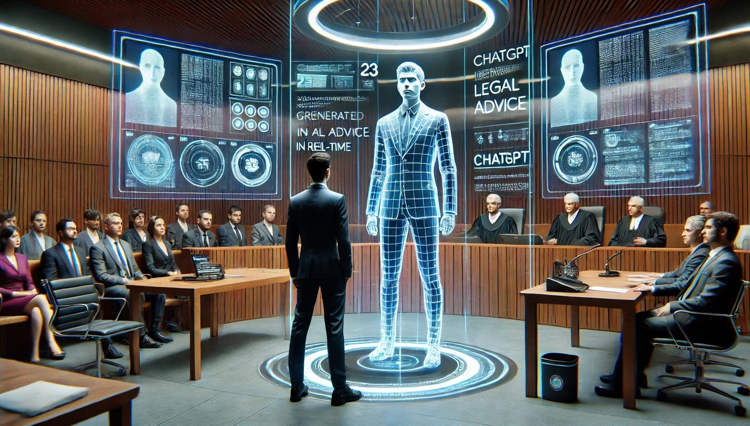Architectural wonders erected on the rooftops of skyscrapers seems to be the latest constructions trend in China. Just days after the scandal involving a mountain villa built on the roof of a Beijing apartment building, a microblogger from Shenzen discovered a traditional private temple located atop a similar residential building.
According to several Chinese media reports, the mysterious temple constructed on the roof of a 21-storey luxury apartment building in the Nanfang district of Shenzen has been around for at least three years, yet nobody, not even the tenants know who it belongs to. The rooftop structure is surrounded by foliage, has glazed golden tiles and features traditional upturned eaves decorated with carvings of dragons and phoenixes. A fingerprint scanner, security cameras and dogs barking on the other side of a locked door prevent access to the temple, but neighbors say it’s often used for traditional Chinese religious practices, as indicated by the ashes of burned offerings that float down from the roof. The private temple, suspected to be yet another illegal rooftop structure, jeopardizes the structural integrity of the entire building, but tenants say their complaints have so far landed on dead ears.
Photo: Liu Li/China Daily
“This kind of construction work is illegal. Shenzhen’s government should demolish it as soon as possible to set an example. Who is this guy that he thinks he can build his own temple on a public area? He’s just interested in his own private interests. It is arrogant,” a resident of Shenzen told The Nanfang newspaper. His views are shared by the majority of Chinese, especially after thepublic outrage caused by Beijing businessman Zhang Biqing, who built a lavish villa surrounded by fake mountain rock on top of a 26-storey residential building. Authorities have yet to identify the owner, and are still investigating, but an anonymous source told the South China Morning Post that the temple had possibly been constructed by the director of Nanshan district’s Residential Property Management Office, a man named Xiong.
To the defense of local authorities, the mysterious temple is hard to identify from the ground, as it is surrounded by trees. Even some of the residential building’s tenants were oblivious to its existence until reading the recent news reports.
Sources: China Daily, Beijing Cream








